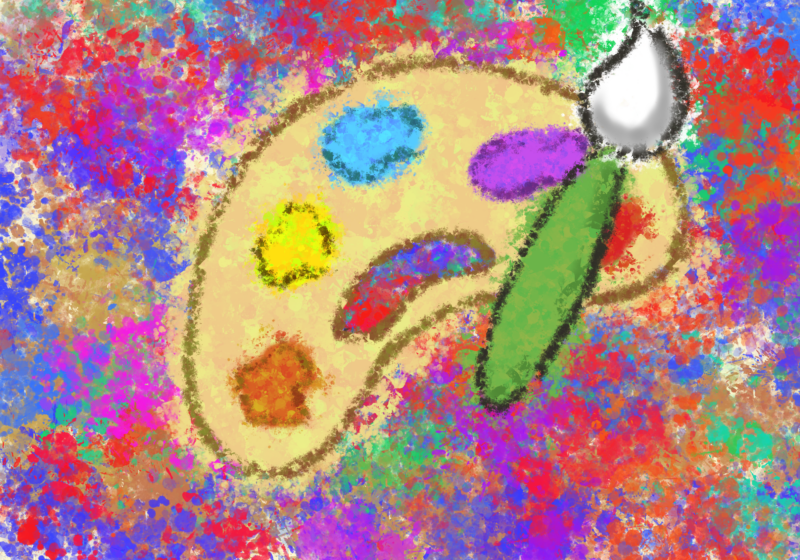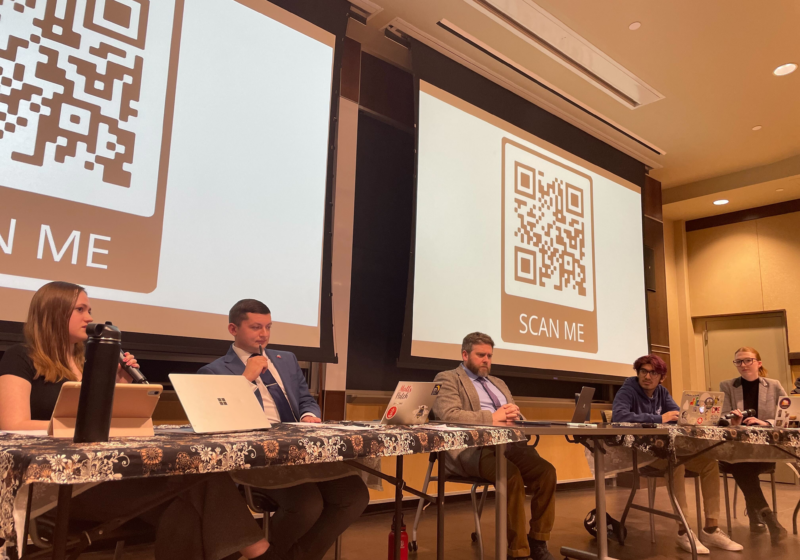In October, the University dedicated a statue to commemorate George Eastman, whom history remembers as a champion of higher education. It’s hard to tell how Eastman would have felt about his overlooking the Eastman Quadrangle, though. Although his name appears everywhere in the University (with good reason he donated over $50 million), he resisted the attention.
A.J. May, in the ‘History of the University of Rochester,” recorded a reporter’s observation of Eastman: ‘If he hates anything more than the limelight, it has not become known. Unlike most of the world’s richest men, he has remained a remote, secluded figure.”
Before Eastman’s epic contributions, the University did exist, although hardly in the shape or form we’re familiar with today.
UR certainly sounded like an unrecognizable school compared to today’s expansive institution when described by Vice President Paul Burgett (who can recite University history in impressive detail). Like most schools in the 19th century, UR was founded as a sectarian school; over time, the religious bent faded, but the school adhered to traditional educational models in other ways, promoting an education in classics there certainly was no medical center or music school.
Still, UR always had some nested interest in science. While on the Prince Street Campus (UR’s second home after 1861), the University held an impressive geological and animal specimen collection in Sibley Hall.
At its founding, the University had eight faculty members and under 100 students housed in the United States Hotel. In 1861, the campus moved to the Prince Street Campus to accommodate explosive growth in the student body, though the numbers were still only a fraction of today’s 5,000 undergraduates. Now the University had a slightly bigger home, thanks in part to Azariah Boody, a farmer who donated the plot.
While University’s first two presidents saw the University change homes and grow from a few dozen students to a relatively diverse institution graduating students from several states, in addition to a student from Tokyo and an African American in the 1890s neither matched the transformation in Rush Rhees’ administration from 1900 to 1935. Rhees saw UR admit women for the first time in 1900; the University double in size; it add new schools; and ultimately helping the campus move again from Prince Street to its current home, the River Campus.
However, Rhees owed much of his accomplishments to Eastman’s benevolence.
‘It was the Rhees-Eastman connection over a 30-year period of time that sees the explosive development and growth of Rochester from a small regional college to the makings of a major research university,” Burgett said.
Eastman began with a modest gift, a Kodak camera. Eastman reportedly held little stock in higher institutions; he never had a formal education beyond high school, and he believed in practical training over the ‘education of the whole man” which was first-UR President Martin Anderson’s philosophy. He, of course, thought differently later in life; a camera became millions in donations and an estate largely left to UR.
‘The progress of the world depends almost entirely upon education,” he said as his reasoning.
This was certainly a big-180 from his earlier professed difference toward higher education. He sincerely believed in how the University would benefit both Eastman Kodak and Rochester; was inspired by the city’s interest in a university, its own university.
Eastman also founded Massachusetts Institute of Technology, under a pseudonym of Mr. Smith. This proved to be a very different donation compared to his founding of the Eastman School of Music and Eastman School of Dentistry, both created in his name and for very different purposes.
In the 1920s, the secluded new location (yes, both the river and cemetery were around then) was set aside for what would become the UR Medical Center and Eastman School of Dentistry. In the ’30s, undergraduate men moved to the River Campus, while women stayed at Prince Street. Essentially, men moved to where science was and women stayed with art and music, which somewhat fractured the University.
Despite his influence, Eastman was one of many men to impact UR in its years of expansion. In 1924, there was a 10-day campaign to raise $10 million for the development of the new campus. Eastman helped significantly, donating the largest contribution of $2.5 million, but his name was still only one of 13,651 contributors from the greater Rochester community.
Although we say Eastman continues to inspire alumni to give today, the city of Rochester had once inspired Eastman to contribute, too.
Leber is a member of the class of 2011.





